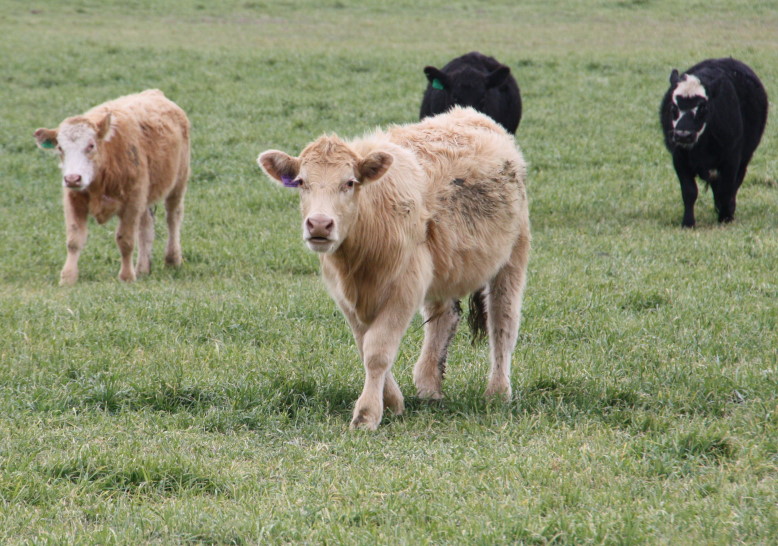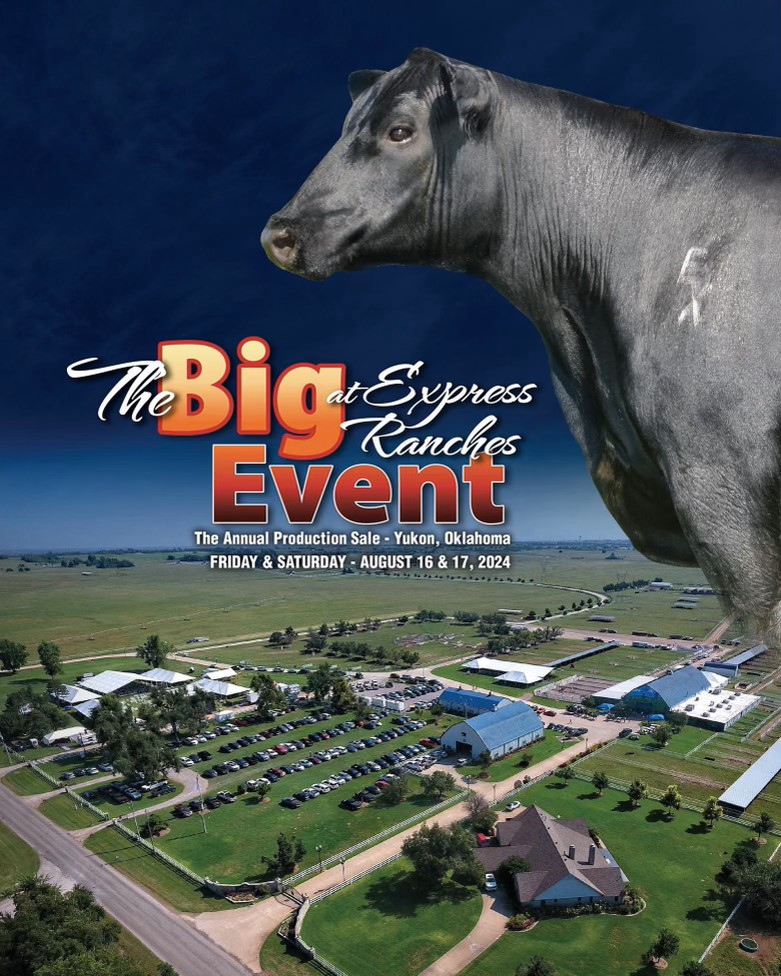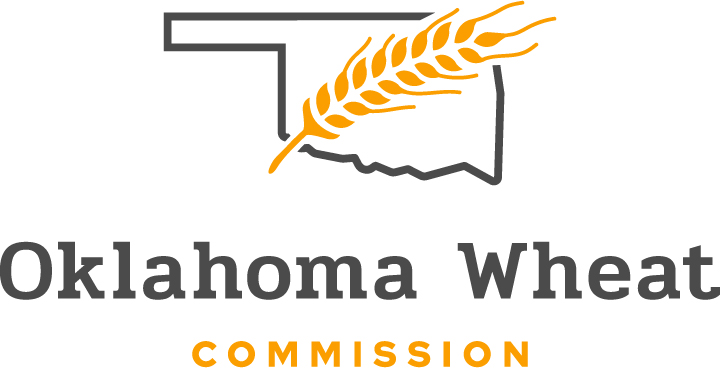
Agricultural News
Short Winter Stocker Grazing Season Still Offers Opportunities
Mon, 22 Nov 2010 11:09:09 CST
 By Thanksgiving of most years, any discussion of placing winter stockers on wheat involves considerations for grazing out wheat in the spring rather than dual-purpose wheat grazing systems that involve pulling cattle off wheat in late February or early March in order to harvest grain. Given the current wheat price, there is likely not much interest in grazing out wheat. Many wheat producers have struggled to get wheat established this fall and only just now or very soon will have sufficient forage for grazing. The question is whether it is worth messing with grazing cattle for a short winter grazing season. Initiating grazing on December 1 provides a maximum of 90 days of grazing before the first hollow stem stage of wheat, when cattle must be removed.
By Thanksgiving of most years, any discussion of placing winter stockers on wheat involves considerations for grazing out wheat in the spring rather than dual-purpose wheat grazing systems that involve pulling cattle off wheat in late February or early March in order to harvest grain. Given the current wheat price, there is likely not much interest in grazing out wheat. Many wheat producers have struggled to get wheat established this fall and only just now or very soon will have sufficient forage for grazing. The question is whether it is worth messing with grazing cattle for a short winter grazing season. Initiating grazing on December 1 provides a maximum of 90 days of grazing before the first hollow stem stage of wheat, when cattle must be removed.
Traditional lightweight stocker cattle this year have many of the same challenges as they have had most years historically: a high purchase price and a large price rollback for initial pounds of weight gain; a greater chance of health problems and more time needed for receiving; and probably higher death loss. As has been the case typically, a 90 day grazing season will not work very well for a typical 450-500 pound stocker calf.
However, a bigger animal, say a 600+ pound steer, will work this year very well in a short grazing season. Last week in Oklahoma, 625 pound steers cost about $115 - $116/cwt. This animal probably is healthier and will have less death loss than a lightweight steer and likely will need little or no time for receiving. Using typical budget assumptions, this animal would have a breakeven of roughly $110 on March 1, weighing just over 800 pounds at 2 pounds/day of gain. At the time of this writing, March Feeder futures were at $117.65/cwt. Currently there is a very small discount for heavy feeder cattle and a basis estimate of -$1.00 is reasonable. This means a net price in March of $116.65 and a net gain on the steer of over $50/head. In addition, a producer grazing his own wheat will have paid himself another $35-$40/head of net return to the wheat pasture on top of the added costs for top-dress fertilizer necessary if wheat is grazed. The market signal for stocker producers is very clear: "buy them big and make them even bigger".
Our thanks to OSU Livestock Marketing Economist Dr. Derrell Peel for this look at the latest marketing strategy for cattle producers.
WebReadyTM Powered by WireReady® NSI
Top Agricultural News
More Headlines...




















